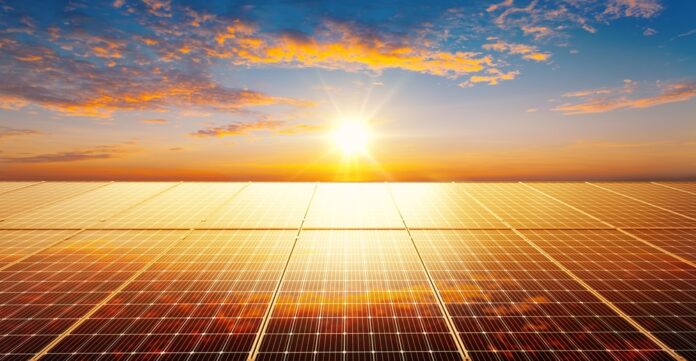The renewable energy (RE) industry on Sunday expressed optimism the government will allow the price at which solar energy from floating facilities is sold under the Green Energy Auction Reserve (GEAR) program to reflect market conditions.
Theresa Cruz-Capellan, chief executive officer at Sun Asia Energy, told reporters of their collective optimism as the industry awaits the results of an independent study set for release next month.
“The Philippine Solar and Storage Energy Alliance has commissioned Mott MacDonald, an international consulting firm, to study the floating solar technology, especially the costs involved,” Capellan said.
According to Capellan, Mott Macdonald is scheduled to present its findings before the Department of Energy (DOE) and the Energy Regulatory Commission (ERC) on 18 October.
Capellan’s Sun Asia has partnered with Blueleaf Energy Philippines in the 1,318-MW floating solar facility on Laguna Lake set for construction by next year.
SunAsia said the joint venture already secured ten 25-year solar energy operating contracts from the DOE.
PSSEA earlier claimed GEAR pricing for floating solar proponents as “way below current market realities” and has to be reworked. Under the second round GEAR or GEAR 2 program, floating solar proponents may sell energy no higher than P5.3948 per kiloWatthour.
Ground mounted, rooftop, onshore, biomass, and biomass waste-to-energy power are priced differently.
Last year, only 29.7 percent or 3,440.76 megawatts of renewable energy of the 11,600 MW available under the second GEA-2 program were issued award notices.
Of the potential 3,440.76 MW, only 90 MW from floating solar projects come online by 2026.
The DOE additional GEAs are scheduled down the line. It is unclear whether untapped capacities from previous iterations will be carried over to future auctions.
The agency said GEA-3 is scheduled before the end of the year involving 4,399 MW broken down as 3,120 MW from pumped-storage hydro, 699 MW from impounding hydro, 380 MW from geothermal, and 200 MW from run-of-river hydro.
GEA-4 is also scheduled before the end of the year but will involve more than 8,200 MW worth energy storage systems while GEA-5 should launch in mid-2025 involve a still unspecified offshore wind capacity.







